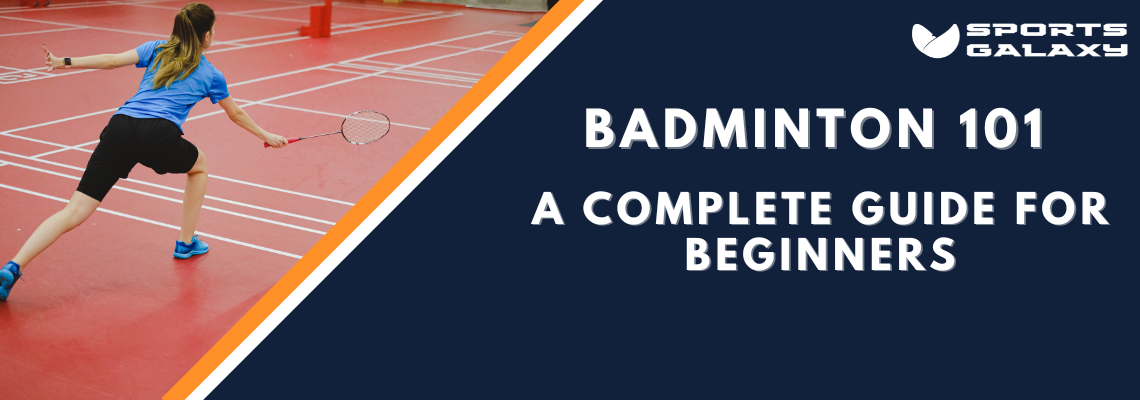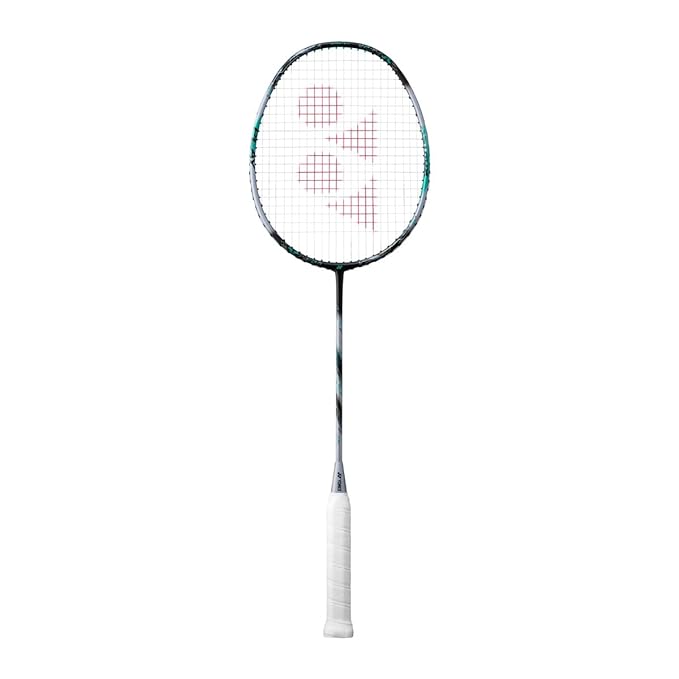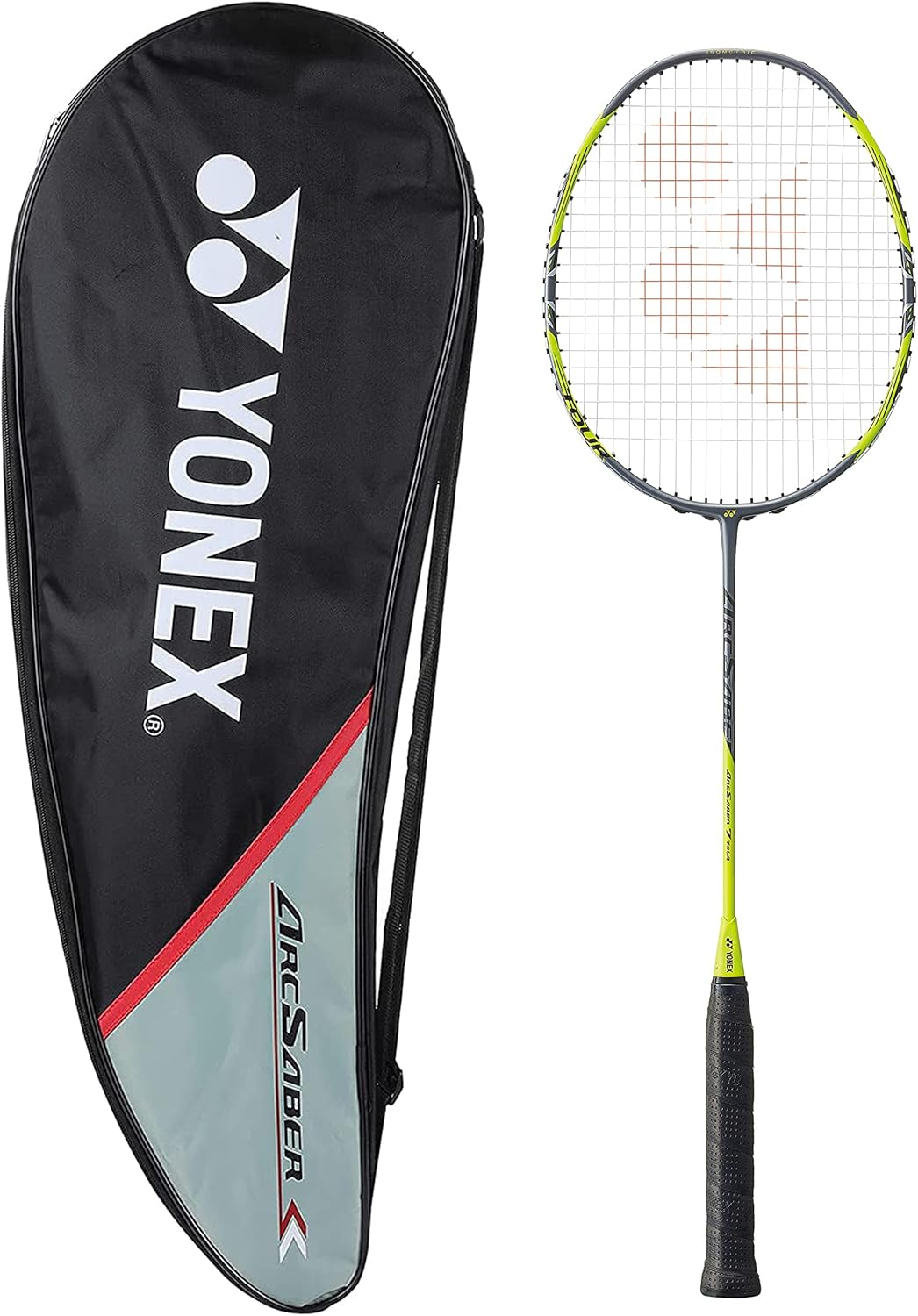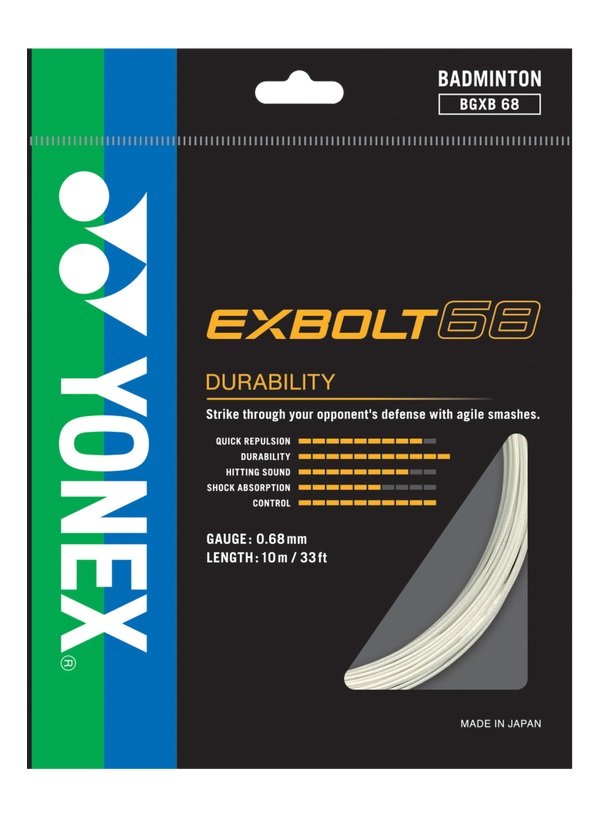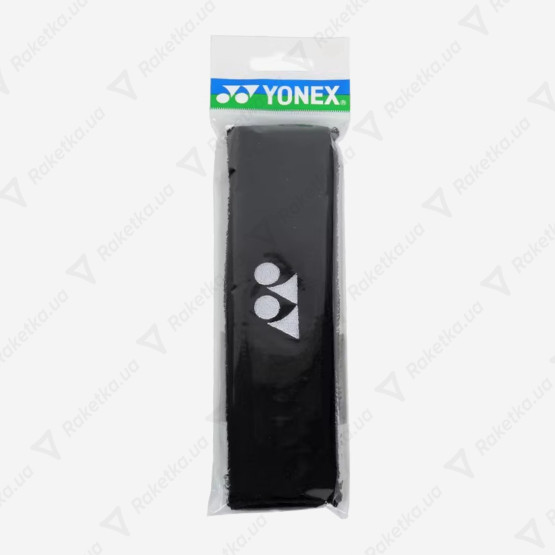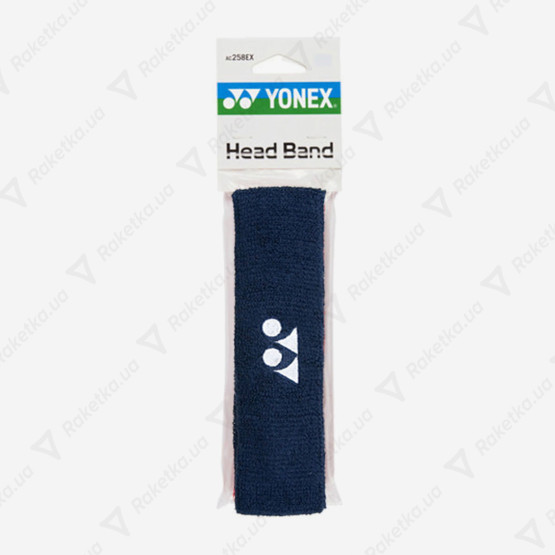Badminton shares similarities with other racket sports like tennis and table tennis, but it stands out due to its unique speed, technique, and court dimensions. It’s also often compared to sports like pickleball and padel, which are rapidly gaining popularity in Western countries. If you’ve played any of these racket sports before, you might have an advantage, but mastering badminton’s advanced skills and strategies will still require dedicated effort!
Let’s dive in. Whether you’re new to badminton or have been playing for some time, there’s something here for everyone. Even seasoned players can discover new insights and tips by exploring this page.
Let’s get started!
Understand What Badminton Is
Badminton is a pretty misunderstood sport. Most people think it is just a casual sport and isn’t challenging. But once people get into it, they couldn’t be more wrong. If they played against any experienced player, they would be lucky to get 5 points.
Badminton is, in fact, the fastest racket sport in the world, with smashes recorded as fast as 264.7 mph (426 kph). Compare that to the fastest tennis serve at 163.4 mph (263 kph) and it’s not even close! There are many players around the world who train for their whole lives to become among the best in the world. The training is extremely tough and demanding. It requires stamina, agility, coordination, form, footwork, and much more.
Don’t be discouraged though from hearing how demanding badminton can be. It really is great for any level, and virtually any age. That’s the beauty of badminton, it’s simple to play and to get started but difficult to master. We at BadmintonBites have been playing for over 10 years each and we’re still learning new things all the time. And of course, we’re here to share what we have learned.
Learn the Rules of Badminton
To play badminton, you’ll need to understand the rules (of course!). Really, it’s not that difficult. It’s very fast to pick up and easy to remember once you just play. Here’s a quick starter guide:
- Best of 3 games to 21. Win by 2, cap at 30. Every point is counted (it doesn’t matter who serves for a point to be awarded).
- Flip a coin to see who serves first.
- Inner side lines are for singles, outer side lines are for doubles. Both singles and doubles use the full length of the court.
- A rally ends when the birdie lands on the ground or hits someone (the one who got hit loses the point).
- Birdies that land on lines are considered in.
- Whoever wins the rally serves the next point.
- A birdie that hits the net and goes over and lands inbounds is considered good.
That’s most of what you need to know to play. Really, all that is left to know are the service rules and what faults there are. Those can get really specific but as a beginner you don’t need to know all the details to get started. Just remember the following service rules:
- Serve diagonally.
- Serve underhand.
- Stand behind the front line when you serve and serve past your opponent’s front line.
- Stand on the left side if your score is odd.
- Stand on the right side if your score is even.
- You only get 1 try to serve, no redos.
Here are the singles and doubles service and receiver area diagrams to help you visualize where you can stand and serve when the server has an even score.


The below diagrams are for when the server has an odd score.


Get Some Badminton Equipment
In order to play badminton, you’ll need 3 basic things:
- A birdie (formally called a shuttlecock)
- A strung badminton racket
- Badminton shoes
Birdies
A birdie is the “ball” of badminton – it’s the weird cone-like object that you hit around. There are 2 types of birdies you should know about – feathered and synthetic. There’s also hybrid birdies but they’re pretty rare. Choose between these 2 types and you’ll be fine. If you’re a complete beginner, we recommend using synthetic birdies. If you use feathered birdies, you’ll probably break them really quickly and it would cost you a lot more.
-
₹16,500.00Original price was: ₹16,500.00.₹10,999.00Current price is: ₹10,999.00.
Rackets
A badminton racket is skinny, light, and fairly long. And to be honest, it looks kinda strange. But…even though it might not look like it, it can pack quite a punch. Obviously, you’ll need one to hit the birdie with, but there are so many out there – where should you even start? We recommend some basic rackets for beginners in 4 Best Badminton Rackets for Beginners (the Yonex Nanoray 10F is a popular choice!). No need to get super fancy when you’re starting off and learning about your own play style. You’ll have plenty of time to research better rackets once you have the basics down.
Once you have the basics down, the world of rackets opens up to many possibilities. You can now find a racket that is more suitable for your play style and preference. To do so, you should know some basic racket terminology. The 3 most important are balance, weight, and flex.
The balance of a racket essentially tells you which end of the racket is heavier. The 3 labels you’ll see for them are head-heavy, head-light, and balanced. The head of the racket is where the racket frame and strings are – so head-heavy just means that the head of the racket is heavier than the handle of the racket, making it better for attacking play.
The weight of a racket is between 60 and 99.9 grams (2.1 to 3.5 ounces). Most people choose rackets between 80 and 90 grams (2.8 to 3.2 ounces). Depending on your play style, you may want to choose heavier or lighter – heavier rackets can generate more force while lighter rackets can be moved easier and faster.
The flex of a racket tells you how stiff the racket’s shaft is. Pretty much how easily it can bend. They’re usually categorized into extra stiff, stiff, medium, and hi-flex. Professionals usually like stiff or extra stiff rackets, but beginners should choose medium or hi-flex rackets since they’re more forgiving of mistimed hits and can help generate power which beginners usually struggle with.
-
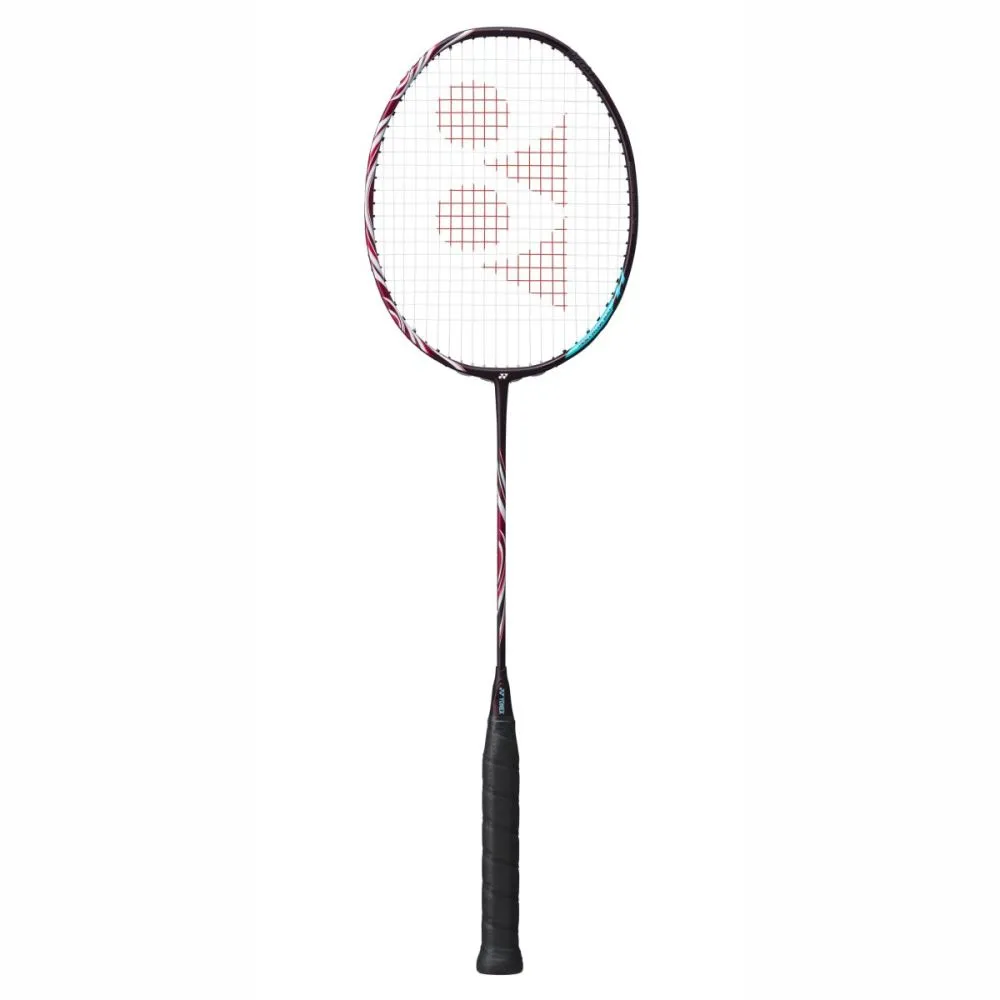
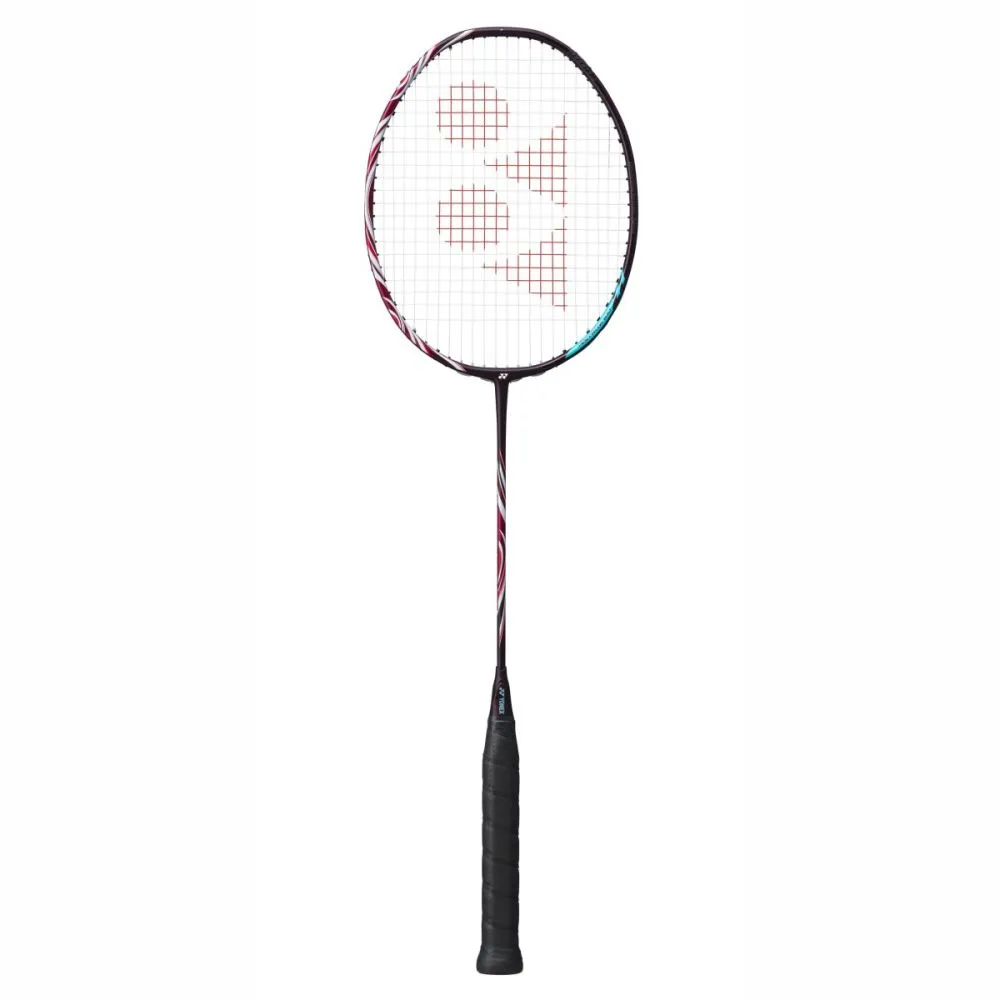 29% Off + 5%*Select options This product has multiple variants. The options may be chosen on the product page
29% Off + 5%*Select options This product has multiple variants. The options may be chosen on the product page₹23,895.00Original price was: ₹23,895.00.₹16,999.00Current price is: ₹16,999.00. -
₹9,550.00Original price was: ₹9,550.00.₹6,200.00Current price is: ₹6,200.00. -
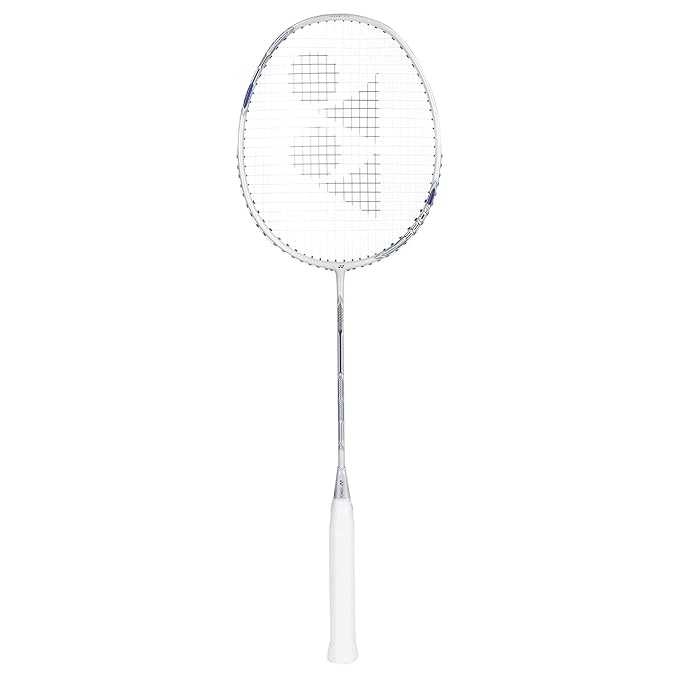
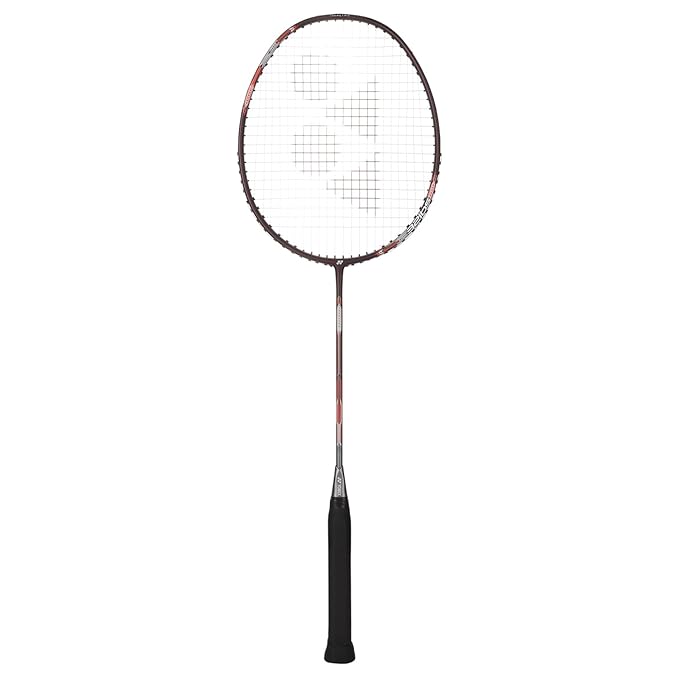 44% Off + 5%*Select options This product has multiple variants. The options may be chosen on the product page
44% Off + 5%*Select options This product has multiple variants. The options may be chosen on the product page₹2,690.00Original price was: ₹2,690.00.₹1,499.00Current price is: ₹1,499.00. -
₹5,050.00Original price was: ₹5,050.00.₹3,500.00Current price is: ₹3,500.00. -
₹10,990.00Original price was: ₹10,990.00.₹7,199.00Current price is: ₹7,199.00. -
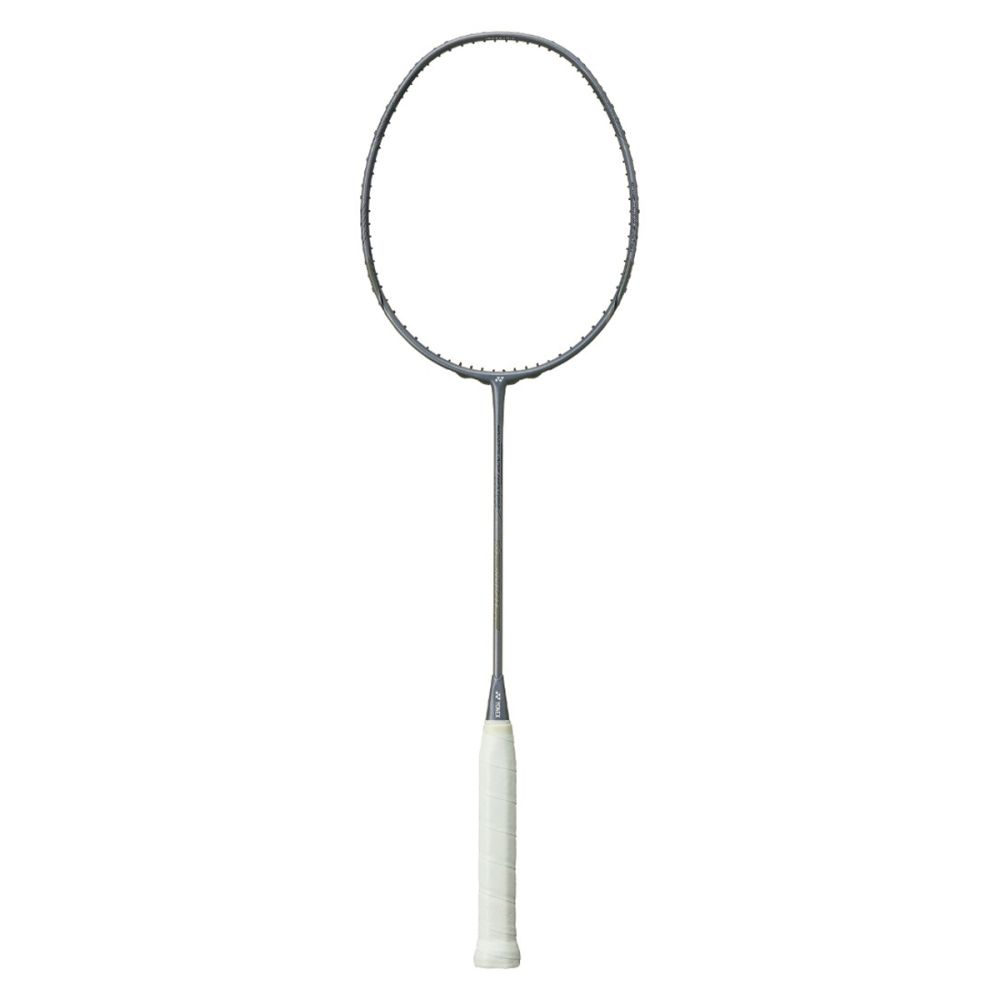
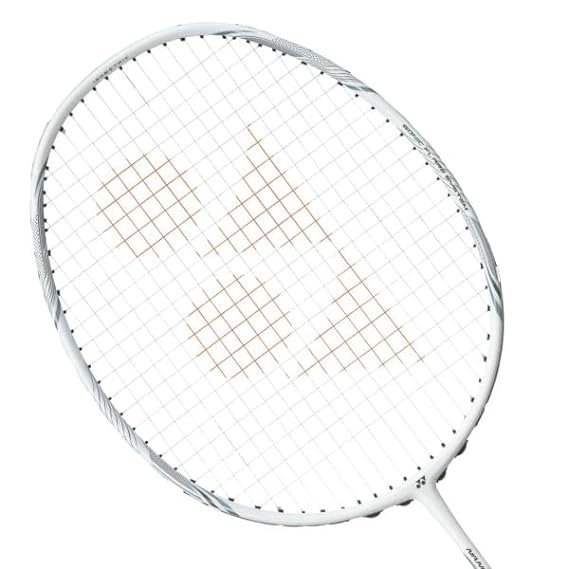 45% Off + 5%*Select options This product has multiple variants. The options may be chosen on the product page
45% Off + 5%*Select options This product has multiple variants. The options may be chosen on the product page₹13,990.00Original price was: ₹13,990.00.₹7,699.00Current price is: ₹7,699.00.
Shoes
Special shoes are necessary to play indoor badminton. They aren’t tennis or running shoes – since those are designed for outdoor use. What we want, and is actually required by most badminton gyms, are indoor shoes that are non-marking. That means that it will not make any smears onto the ground even when used heavily or rubbed against the floor. Badminton gym owners really don’t like it when players make marks on their badminton mats – they’re quite expensive! So if you don’t have the correct type of shoes, they’ll make you buy or rent shoes on the spot or ask you to leave.
While, in theory, you can play badminton with any non-marking shoes, we highly recommend getting badminton specific shoes for you to play in. Not only are they guaranteed to be non-marking, they’re specifically designed with special technology just for badminton. Badminton shoes try to optimize stability, lightness, comfort, durability, and much more to make you as effective as possible at short, fast movements – which is what badminton is all about.
Badminton shoes also tend to not be very tall. The bottom of the shoe (called the sole of the shoe) is usually not as thick as, say, the soles of tennis shoes. This is because there is a lot more change in direction in badminton. It’s common for badminton players to move horizontally and vertically on the court (as well as jumping!) while it is more common for tennis players to move horizontally. The fast and frequent changes in direction demand for better stability and balance, which can be given by a lower center of gravity, and therefore a thinner sole.
-
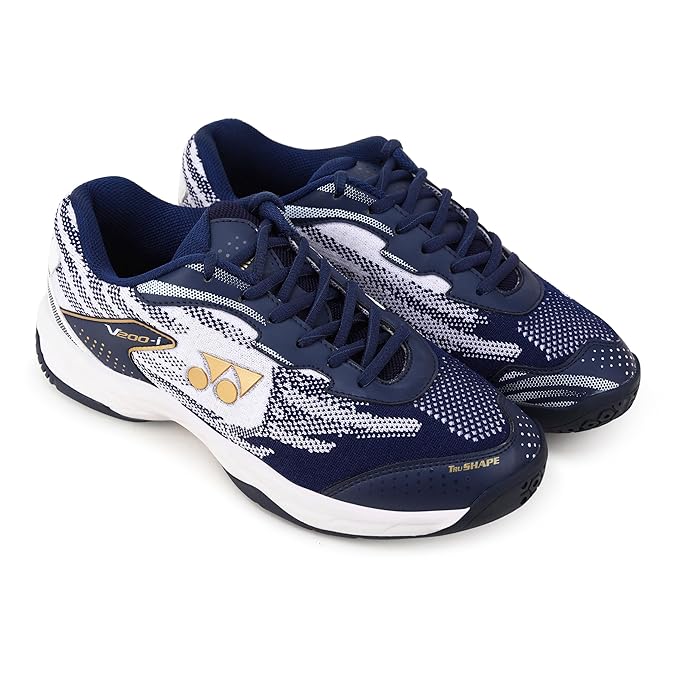
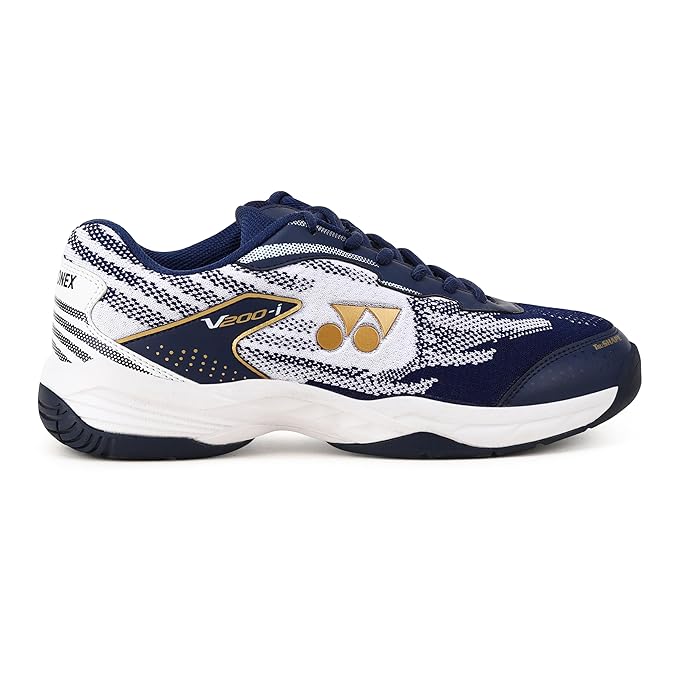 29% Off + 5%*Select options This product has multiple variants. The options may be chosen on the product page
29% Off + 5%*Select options This product has multiple variants. The options may be chosen on the product page₹2,690.00Original price was: ₹2,690.00.₹1,899.00Current price is: ₹1,899.00. -
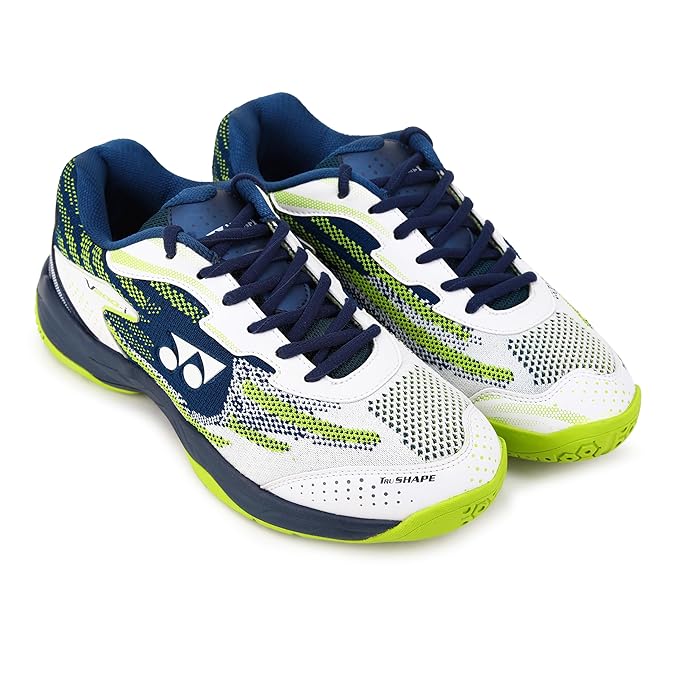
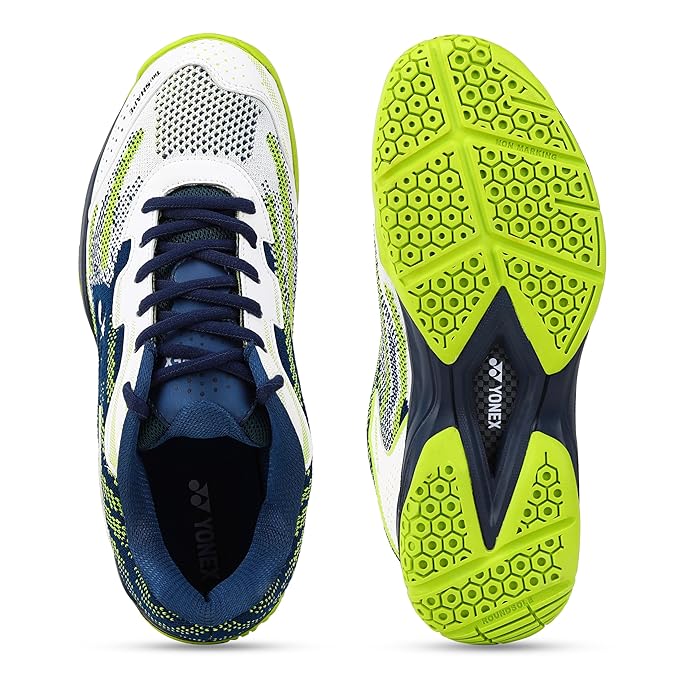 29% Off + 5%*Select options This product has multiple variants. The options may be chosen on the product page
29% Off + 5%*Select options This product has multiple variants. The options may be chosen on the product page₹2,690.00Original price was: ₹2,690.00.₹1,899.00Current price is: ₹1,899.00. -
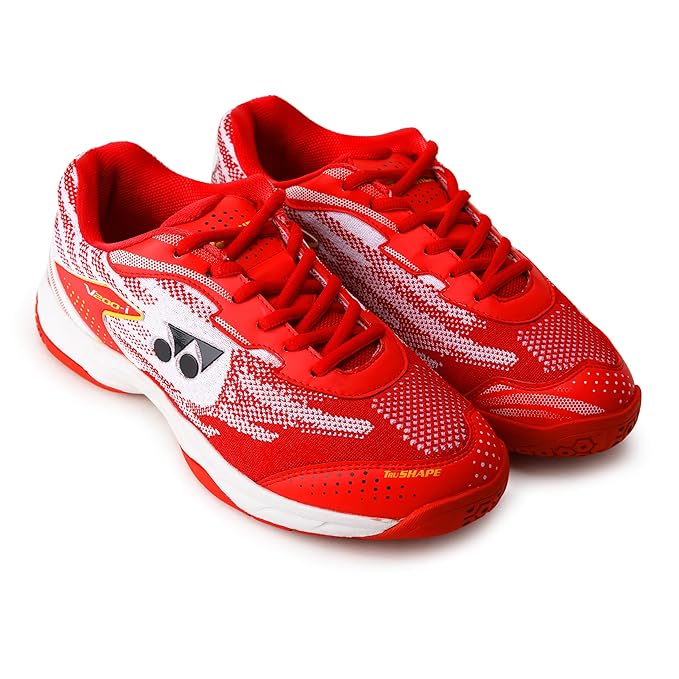
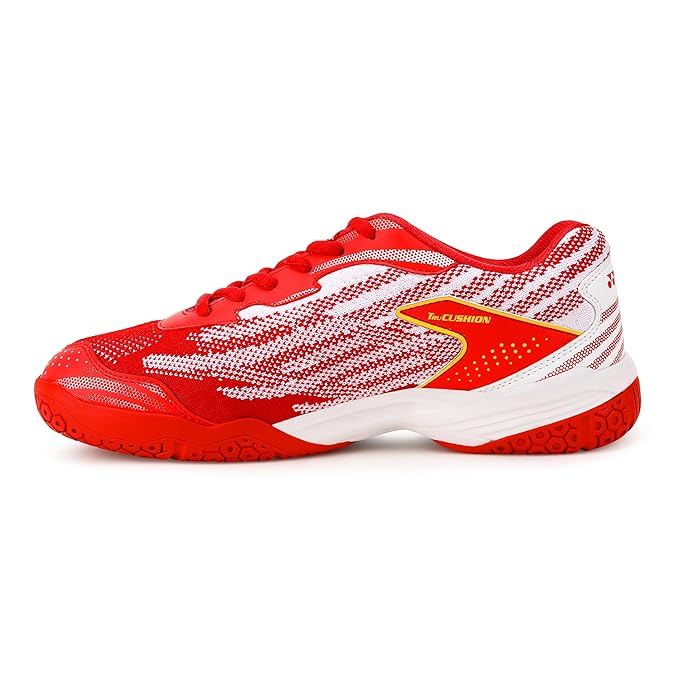 29% Off + 5%*Select options This product has multiple variants. The options may be chosen on the product page
29% Off + 5%*Select options This product has multiple variants. The options may be chosen on the product page₹2,690.00Original price was: ₹2,690.00.₹1,899.00Current price is: ₹1,899.00. -

 10% Off + 5%*Select options This product has multiple variants. The options may be chosen on the product page
10% Off + 5%*Select options This product has multiple variants. The options may be chosen on the product page₹2,199.00Original price was: ₹2,199.00.₹1,975.00Current price is: ₹1,975.00. -
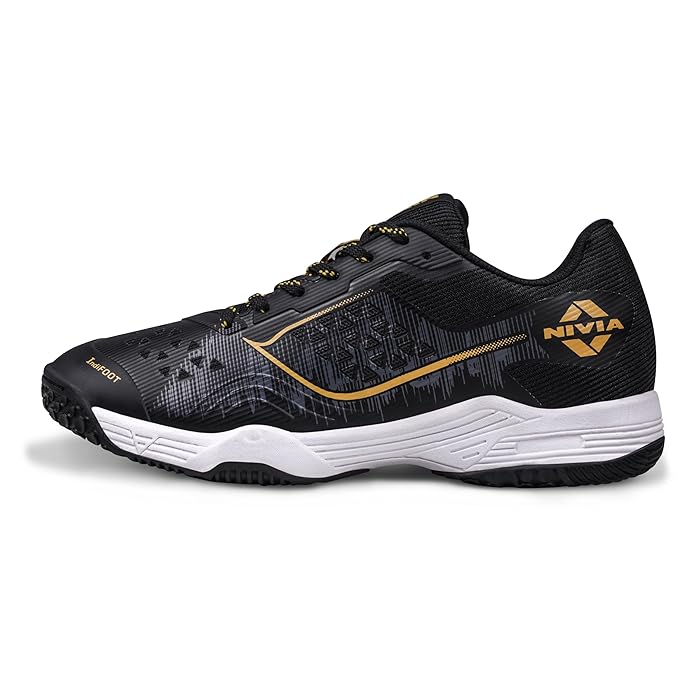
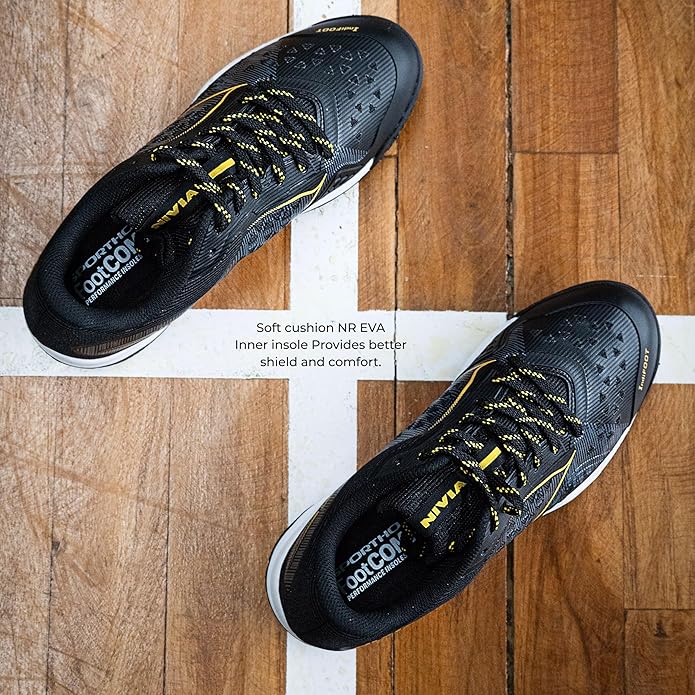 10% Off + 5%*Select options This product has multiple variants. The options may be chosen on the product page
10% Off + 5%*Select options This product has multiple variants. The options may be chosen on the product page₹2,199.00Original price was: ₹2,199.00.₹1,975.00Current price is: ₹1,975.00. -
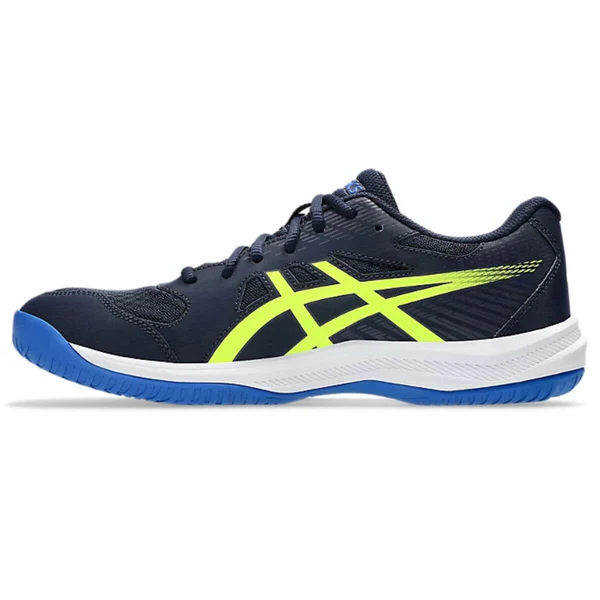
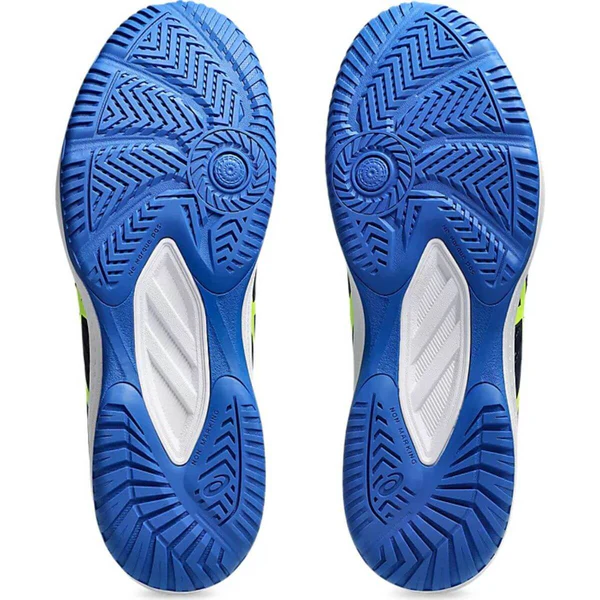 20% Off + 5%*Select options This product has multiple variants. The options may be chosen on the product page
20% Off + 5%*Select options This product has multiple variants. The options may be chosen on the product page₹5,999.00Original price was: ₹5,999.00.₹4,799.00Current price is: ₹4,799.00.
Find Out Where to Play
Indoor badminton is becoming more and more popular around the world but it still isn’t main stream, so you’ll have to do some research as to where you can play. I recommend doing a quick Google search for “badminton gyms near me” to see what is around. Another great resource is BadmintonConnect’s interactive map, which will show you gyms in a certain area. However, it relies on users inputting data as to where gyms are, so it may actually be missing places where you can play at.
Badminton can be played in dedicated badminton gyms as well as less formal places such as community centers, schools, and other multi-purpose centers.
Dedicated Badminton Gyms
Dedicated badminton gyms are typically located in hidden parts of a city or neighborhood since they are in usually big warehouses that were bought and transformed into badminton gyms. Warehouses are great for badminton because of the large area and high ceiling, allowing you to hit high shots without worrying it will hit the ceiling.
Moreover, dedicated badminton gyms have professional courts designed for badminton. The mats are softer than wooden floors, the lines are clearly marked, the walls are colored to make the birdie more visible, and the lights are not shining in your eyes when you look up. If you’re looking for the best possible badminton experience, you should look for dedicated badminton gyms in your area.
Depending on where you are, the pricing and play structure of badminton gyms can differ. You’ll mostly see 2 options – court reservation and drop in payment.
Badminton gyms that let you reserve courts have you pay by the hour, but you will be guaranteed a court. You’ll need to have your own group to play with and you should be ready as soon as it’s your time to maximize your play time. This tends to be more expensive than one-time payment options.
Badminton gyms that let you drop in have you pay once for entry and let you stay as long as you want for the day. However, you won’t have a dedicated court for you to play at so you may have to wait. Gyms that do this usually have a system where players line up to wait their turn. We’ve seen places that use computer systems, timers, and cards on boards. Moreover, you’ll be able to play with anyone in the gym that is willing to play with you. Players tend to be more willing to play with strangers if they are not paying by the hour. In fact, many places even have challenge courts where players will play a single game to 21 and the winner stays on the court to face the next opponent(s). It’s a great way to meet new people and test out your skills.
Community Centers and Schools
Community centers and schools often host badminton courts and clubs in their multi-purpose gyms. They usually offer drop ins that range from 1 to 3 times a week for a couple hours at a time. Their drop in prices are usually lower than that of dedicated badminton gyms but are not open for badminton as frequently. If you’re on a budget and the times they are open work for you, these would be great options.
Since community centers and schools usually use multi-purpose gyms for badminton, they usually have many markings on the ground for other sports. This can make it difficult to tell where the badminton lines are so it may take a couple of sessions to get used to it. If you’re unfamiliar with badminton courts, make sure to get familiar with how a badminton court looks like so that you’ll know which lines to look for.
For both dedicated badminton gyms and multi-purpose gyms, you’ll want to make sure that there is enough space between courts and also between the courts and the walls. The wider the gap, the better. Anything less than 0.46 meters (1.5 feet), which is the length of a side alley, can make players prone to clashes with players from another court or with the wall. In fact, you probably want at least twice that distance for the gaps.
Learn the Basic Badminton Shots
Mastering the fundamental badminton shots is the first step to becoming skilled in badminton. By doing so, you’ll already be able to beat all your friends who refuse to practice them.
There are 5 basic shots in badminton – they are the clear, lift, drop, drive, and smash. There are certainly many more shots in badminton but these are the main ones. You should focus on these until you are completely comfortable with them.
Clears
The very first and most important shot you should learn how to do well is the clear. You will see a dramatic improvement in your game performance if you can simply master this one shot. It is the most basic of shots but it also offers the most benefit. Not only that, but people around you may even be impressed with how far you can hit!
Ok…so what exactly is a clear? And why is it so great?
A clear is a high shot performed with an overhead motion that goes from the end of your court to the end of your opponent’s court. The purpose of the clear is to get the birdie over and past your opponent, forcing them to move further back in the court.

Pretty simple right? Simple, but powerful. It’s the very first shot that beginners should learn but most stop trying to improve their clears after a while – when in reality, they’re just hitting a little past half court! Your goal should always be to hit as far as possible without hitting out. Hitting in-between the base line and the end of the doubles service line is a good start.

Cool, but why are they so great? It’s because clears help players develop essential skills for other shots in badminton. For one, clears require power – or rather the generation of power. You don’t have to be strong to do a clear, but rather have the correct form to generate the power. We’ve seen 9 year old kids clear farther than full grown adults. Moreover, it prepares you for the other shots you will learn. You’ll get a sense of how to rotate your arm and body together as well as get experience with how a birdie flies.
Just by being able to clear to the end of the court, you’ll be able to have a big edge over anyone who can’t – and in our experience, that’s a lot of people. The easiest way to beat beginners is to just push them to the back of the court, and that’s exactly what the clear does. Learn to clear or become the person who gets bullied at the back of the court.
Lifts
A lift is somewhat similar to a clear, but you hit the birdie from the front of your court to the back of your opponent’s court. This is done with an underhand motion and is a common response to a drop shot (as described below). It’s similar to a clear in the sense that you are trying to push your opponent to the back of their court and want to aim as far as possible without hitting out. However, it is usually slower than clears because of the underhand motion as the birdie has to go further up before falling back down.


Drops
A drop is a shot that lands in the front of the opponent’s court. Its most common purpose is to set up for the next shot. Many times, you’ll use the drop shot to move the opponent forward and hope to force a bad lift, giving you a good opportunity to attack.


There are 2 common places where drop shots are performed – at the backcourt and at the front court. Hitting a drop shot from the back court is simply called a drop shot while hitting a drop shot from the front of the court is commonly called a net shot, as you are standing near the net when performing it.


Drives
A drive, or push shot, is a fast, flat shot that passes just above the net. It is used to put pressure on opponents and can often win points outright if you can hit it in a slight downward direction. Drives are pretty fun to practice and are great to train your wrist movement and forearm strength.

Beginners tend to use big arm motions when executing drives, but to really get power and precision, you should use a smaller arm motion in combination with a small snap of your wrist. With this combination, you’ll be able to inject all your power in a small portion of time, resulting in a faster shot. Moreover, the smaller movement allows you to be ready for the next shot more quickly. This is especially important in drives because it’s likely that your opponent will try to drive the shot back at you.

Smashes
A smash is a fast, downward shot that usually lands in the middle to back of your opponent’s court. It is the most aggressive shot in badminton and is used to put heavy pressure in an attempt to win the point outright or force an error.

While the smash is flashy and people get impressed by it – you should practice other shots before practicing smashes. Trying to hit hard smashes with the wrong form will increase your chance of injury. So make sure you have the basic hitting techniques before attempting hard smashes.

Form and Footwork
Great, so you now know what shots there are, but how do you perform them well? And how do you move around the court efficiently? These are both really good questions, and are of huge importance to get good at badminton and to reduce the chance of injury.
Footwork
Footwork is how you move your feet in order to efficiently move around the badminton court. It is incrediblyimportant in badminton because the faster and the better you move around, the more time you have to get ready for your shot. Movement is essential to virtually every sport and badminton is no exception. You may be the fastest runner in the world, but if you don’t have badminton footwork, you’ll be stumbling all over the place. Learn and practice badminton footwork and you’ll see improvement in your gameplay in no time.
What footwork should you learn though? There are so many different aspects that go into footwork that it may seem difficult to know where to start. After all, there are so many shots and situations to consider – like moving front to back, left and right, diagonally, and much more. Not to mention front court versus back court footwork.
What we suggest is to learn some fundamental footwork. While there certainly are many creative ways to branch out from here, you can apply these to most situations. You should master the fundamentals before you attempt any optimizations.
The 5 basic steps you should know are the lunge, split step, side shuffle, crossover shuffle, and scissor kick:
Lunge – the lunge is a forward pounce with your dominant foot with your knee bent at a near 90 degree angle. The lunge is used frequently in any forward and sideways motion and is incredibly important to get correct. Make sure that your foot is not pointing inwards when you lunge or else you will easily get injured. The lunge is great for a final thrust to get to the birdie quickly and sets you up to push back on the same foot to move backwards.
Split Step – the split step, which is also known as the preparation jump, is a small hop you make before starting your movement to another location on the court. The split step allows you to move more explosively towards your destination when compared to simply moving without it. This is because you can use that energy from your landing to boost yourself to the next position. The split step is incredibly important and is used for any movement from the center of the court. Just try it out and compare it to when you don’t do it and you’ll quickly see the difference.
Side Shuffle – the side shuffle, also known as the lateral shuffle, is a technique where your feet move a short distance sideways in quick succession without crossing each other. It allows you to keep your feet in contact with the ground frequently so that you can push off the ground at a moment’s notice and allows you to move small distances very quickly. Due to its fast and responsive nature, the side shuffle is often used in combination with a lunge to retrieve fast shots.
Crossover Shuffle – the crossover shuffle is a technique where your feet move sideways past each other with big steps. It is somewhat similar to the side shuffle but covers much more ground with fewer steps. However, because the steps are much larger, you won’t have that same responsiveness that you would get with the side shuffle. It is good for moving when you are you not in a rush, such as when the opponent does a high lift to the back court.
Scissor Kick – the scissor kick, also known as the kick jump, is a movement where you jump in the air and move your back foot forward and your front foot backwards – like a scissor cutting. This movement provides power through the coordinated rotation of your entire body. To execute a scissor kick, your dominant foot should be at the back. You will raise your other foot so that all the pressure is on your dominant foot. You will then push off the ground with your dominant foot and rotate it forward while simultaneously moving your other foot backwards. The scissor kick is really important and fundamental to get power as a beginner so make sure to practice it.
Learn and Develop Strategies and Tactics
At this point, you should have the basics down and now you’re ready to level up your game. You can do this by figuring out how to outwit your opponents! Sure, you can always train yourself to be faster and stronger – but that will only get you so far. Having a game and execution plan can drastically increase your chances of winning a point, a game, and even the entire match. This is where strategy and tactics come into play. Most players barely even think about it and don’t even know the difference between them! Let’s get you up to speed so you can use this to your advantage.
Strategies
A strategy would be your overall plan for the set of goals you’re trying to achieve. Notice that the definition includes a set of goals – not necessarily just a single goal. This means that the plan should take the best course of action in achieving all of your goals – not just one.
For example, your overall goals may be to win a badminton match and reduce the risk of injury. To plan for this, you may try to tire out the opponent in game 1, attack and get a healthy lead in game 2 before tiring them out some more, and if need be, attack all out in game 3. You would also avoid actions that have a high risk of injury such as dives and focus on very solid, controlled, and patient play.
This is just an example scenario, but it clearly illustrates how one may go about setting goals and creating a plan as to how to achieve them. It’s easy to stop thinking while in the middle of a match so having an overall game plan set up beforehand helps you stay on track.
Moreover, it’s incredibly important to understand what your goals actually are. Many think it’s just about winning the next point or game – but you should question if that is truly the goal. For example, if you wanted to win a tournament, your overall goal would not be to win a match in round 1, but rather win 1st place in the entire tournament. While winning the match in round 1 is something that has to be completed to win the tournament, it is not the end goal. This means that your strategy should take that into consideration.
This is why you may see top players not use as much energy in early rounds as they know they can win them pretty easily. They would rather save their energy for future rounds when they play against stronger opponents. Therefore, they may not smash as much or won’t attempt to save certain shots that have a higher chance of injury.
These examples aren’t here to tell you to not try hard – in fact, it’s quite important to put in lots of effort especially as a beginner to improve quickly. Rather, the examples are here to illustrate that there are many aspects to take into consideration outside of simply needing to win the next point.
Tactics
A tactic is a series of actions that are executed to achieve a specific goal. You can think of it as your execution plan to the steps you need to take to achieve your strategy. In badminton, it would often be a combination of shots in an attempt to win a point, tire an opponent out, or set up an easy shot for your partner.
A simple example of a tactic whose goal is to win a point would be a shot combination of a tight spinning net shot followed by a steep smash. The tight spinning net shot would try to make the opponent perform a bad lift while the steep smash would try to finish the point by hitting the birdie onto the ground (rather than say, a body shot, which can also be effective).
While tactics in badminton are usually thought of as a combination of shots as above – you can also add in additional dimensions to make it even more interesting and complex. For instance, your racket head and arm movement can also be used to potentially trick opponents. With just the correct movement, you can make your opponent think that you will hit in a particular direction but you will actually hit in another direction.
The number of tactics out there are essentially limitless – it is only limited by your own imagination. If you’ve already played a couple games of badminton, I’m sure you’ve already tried some of your own tactics and have seen others execute theirs. Each player has their own set of refined tactics that they have practiced and adding more and more to your collection can help your game be less predictable and more dynamic.
Combining Strategies and Tactics
While players are certainly able to play badminton with just a strategy in mind or with just tactics, they are most powerful when they are paired together. With just a strategy and no tactics – you really don’t have any tools at your disposal to use to achieve your strategy. It would just be theoretical. With just tactics and no strategy, you won’t be optimizing for anything in particular. You would be executing shots and just hoping that it helps you win.
The majority of people get stuck in the tactics and no strategy game – and it can in fact work to win games for quite some time, mostly when playing against weaker opponents. Once you play against players your own skill level or higher, then playing without a strategy will become your downfall. Not every strategy will necessarily work, but it can certainly guide you into thinking critically about what you have to do. Your strategy doesn’t even have to be set in stone – but rather dynamic based off of how your opponents react, and that is the beauty of badminton and any other player versus player sport or game.
Combine your strategies and tactics together and you will have a true battle plan. You’ll know why and how you should play the game. And after the game – whether you win or lose – you can refine your strategies and tactics. By doing this many times, you will steadily improve your game sense and understanding of badminton.
-
₹1,320.00Original price was: ₹1,320.00.₹1,199.00Current price is: ₹1,199.00. -
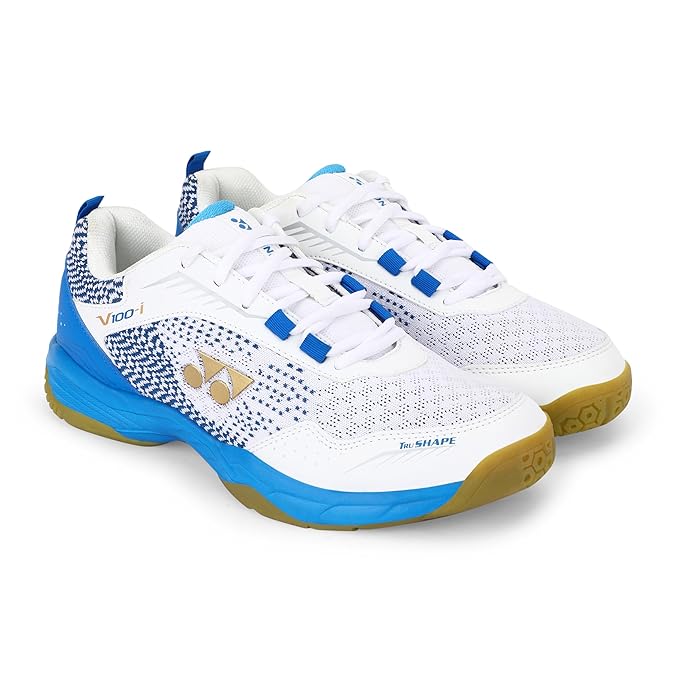
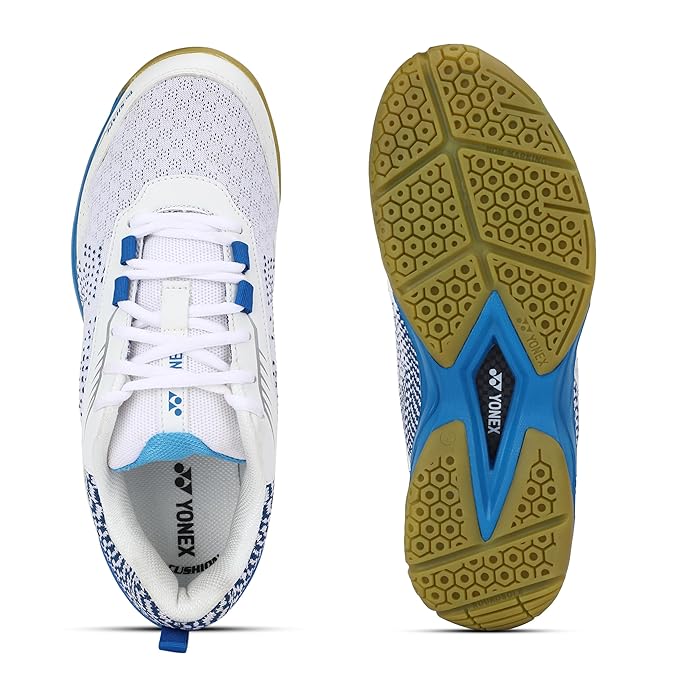 46% Off + 5%*Select options This product has multiple variants. The options may be chosen on the product page
46% Off + 5%*Select options This product has multiple variants. The options may be chosen on the product page₹3,490.00Original price was: ₹3,490.00.₹1,899.00Current price is: ₹1,899.00. -
₹525.00Original price was: ₹525.00.₹425.00Current price is: ₹425.00. -
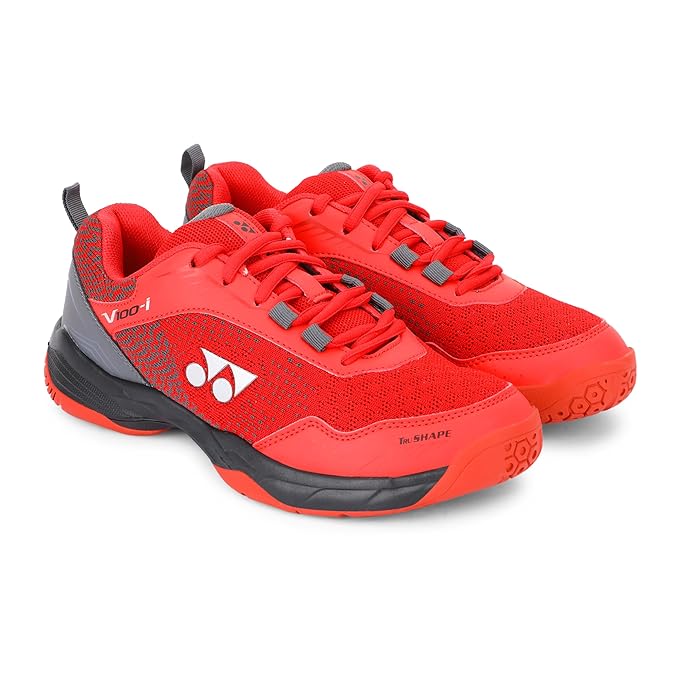
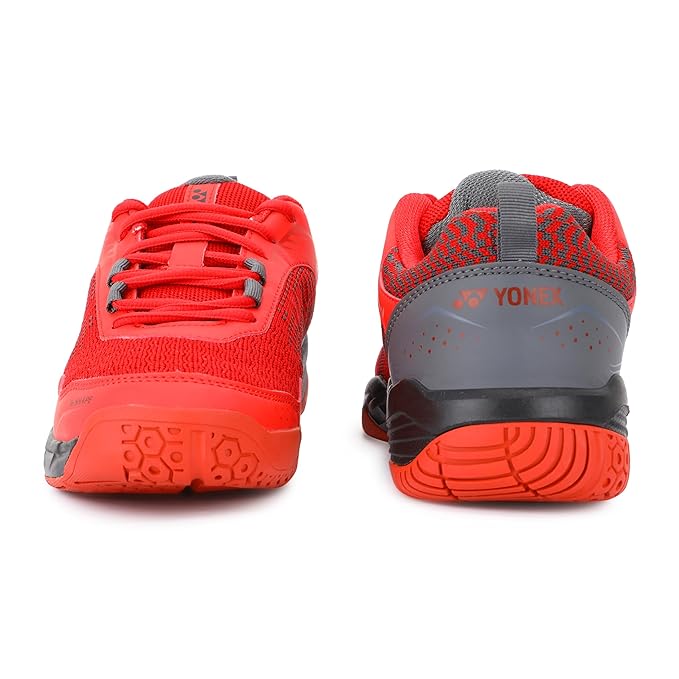 46% Off + 5%*Select options This product has multiple variants. The options may be chosen on the product page
46% Off + 5%*Select options This product has multiple variants. The options may be chosen on the product page₹3,490.00Original price was: ₹3,490.00.₹1,899.00Current price is: ₹1,899.00. -
₹525.00Original price was: ₹525.00.₹425.00Current price is: ₹425.00. -
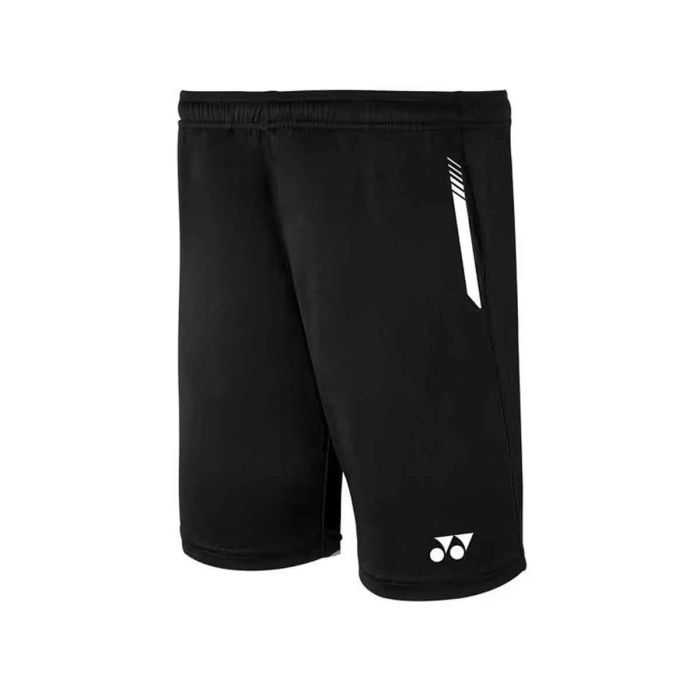 16% Off + 5%*Select options This product has multiple variants. The options may be chosen on the product page
16% Off + 5%*Select options This product has multiple variants. The options may be chosen on the product page₹1,290.00Original price was: ₹1,290.00.₹1,090.00Current price is: ₹1,090.00.

